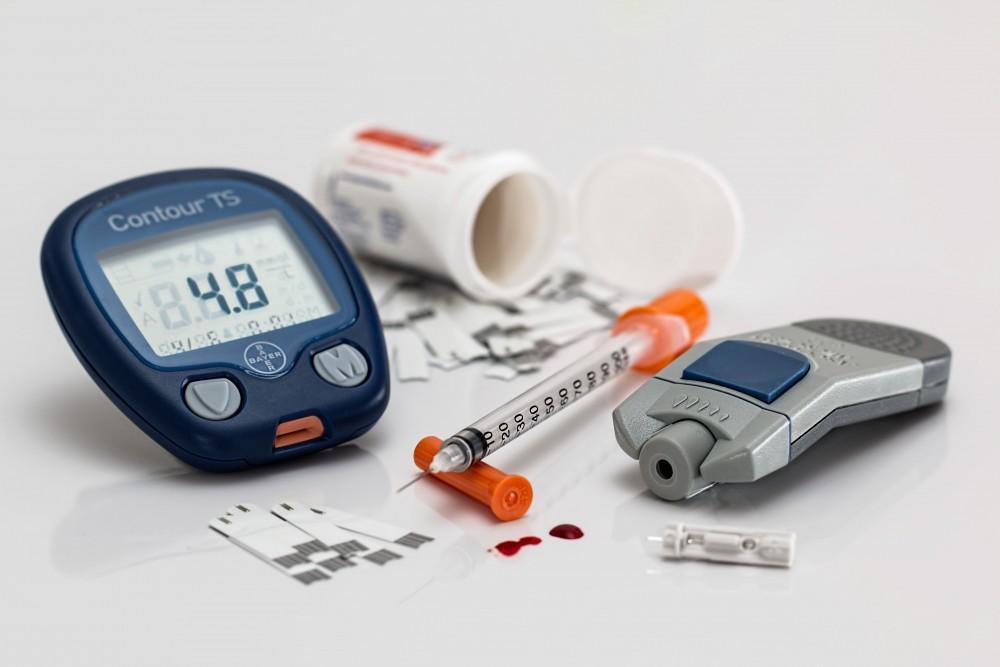Type I diabetes is a chronic condition that occurs due to the lack of insulin. The condition is less common as compared to Type II Diabetes; however, it still affects around 5% of the American population. Type I diabetes was previously referred to as juvenile diabetes because of its tendency to afflict children. However, according to the American Diabetes Association, this is not true. In reality, Type I Diabetes can occur at every age and it is far more common in adults than it is in children.
Let’s take a look at the causes, symptoms, and treatment of Type I Diabetes.
Causes of Type I Diabetes
Type I Diabetes is an autoimmune condition like multiple sclerosis and rheumatoid arthritis. It occurs due to an autoimmune reaction that causes the destruction of pancreatic cells. These cells are called beta cells and they are primarily responsible for making insulin. As a result, your body suffers from a deficiency of insulin and cannot normalize the glucose levels in your blood.
The cause of the autoimmune reaction responsible for this condition is unknown. Research regarding environmental triggers of the disease is ongoing and exposure to certain viral infections may put you at risk of developing this disease. It has also been proposed that certain genes may be responsible for the condition, but this has not been confirmed.
Symptoms of Type I Diabetes
There are several symptoms of Type I Diabetes. These include:
- Frequent urination
- Dry mouth and excessive thirst
- Lack of energy and weakness
- Sudden weight loss
- Excessive hunger
- Bed-wetting in children
Treatment of Type I Diabetes
Individuals diagnosed with type I diabetes need insulin injections on a daily basis. This helps monitor their blood glucose levels and allows them to manage their condition. Insulin may also be delivered via an insulin pen or pump.
There are several types of insulin that can be used. These include rapid-acting insulin, short-acting insulin, intermediate-acting insulin, and long-acting insulin. People with type I diabetes must keep a check on their blood glucose levels on a regular basis and adjust their insulin dosage accordingly.
Besides this, a healthy diet with low amounts of saturated fat can help in the treatment of Type I diabetes. Consuming foods that are high in fiber and avoiding alcohol, processed sugar, and tobacco can also be beneficial. Exercise also plays an important role in keeping your blood glucose levels under control.
Further Complications
Failing to maintain your blood glucose levels can result in further complications. These include heart and blood vessel disease, nerve damage, kidney damage, eye damage, and osteoporosis. Diabetes can also make you more prone to skin infections.
Prevention of Type I Diabetes
At present, there is no known method of prevention for Type I Diabetes. Researchers are working on ways to prevent the development of the disease among those that are high at risk. Additional research is also focusing on preventing the destruction of cells in individuals who have been newly diagnosed with the disease.
To know more about the treatment of Type I Diabetes, make an appointment with a physician at Health One Family Medicine, visit https://www.healthonemedicine.com/or call (469)262-5762.

